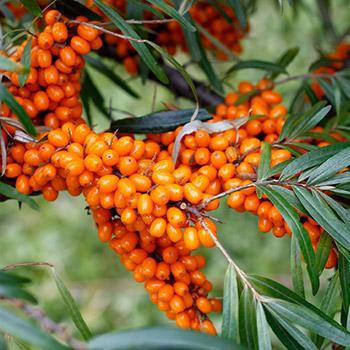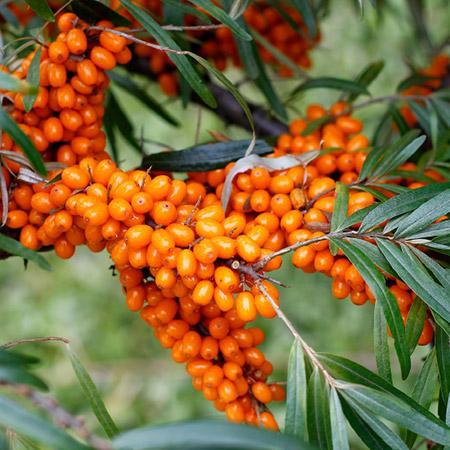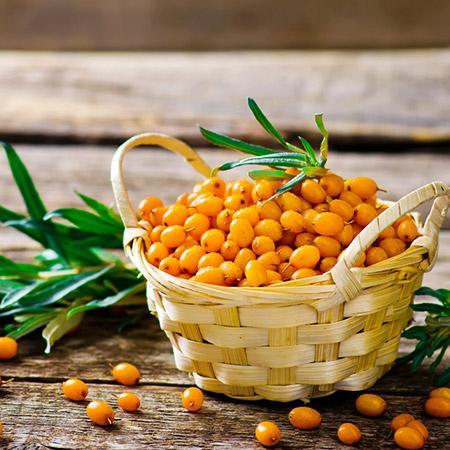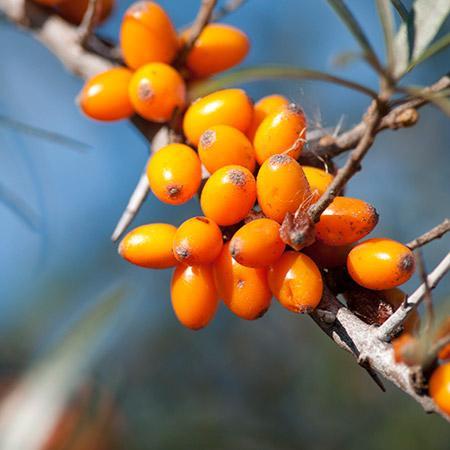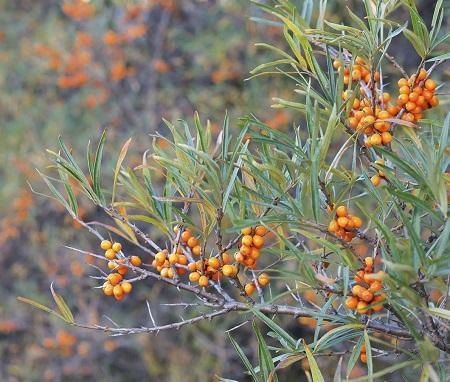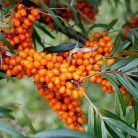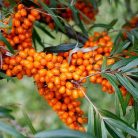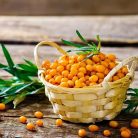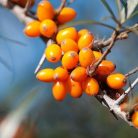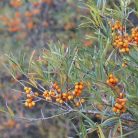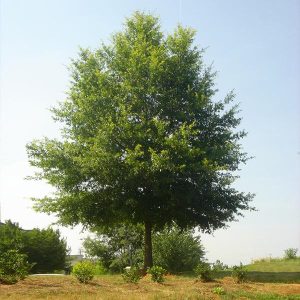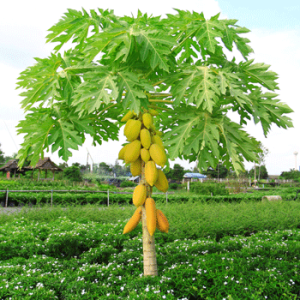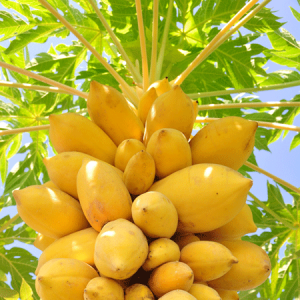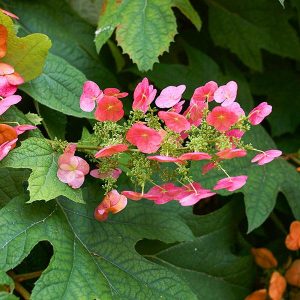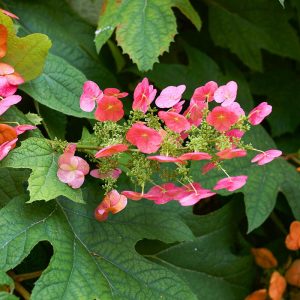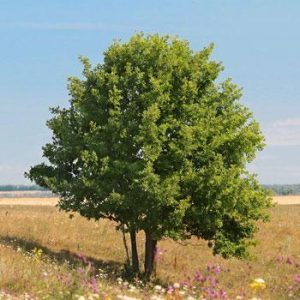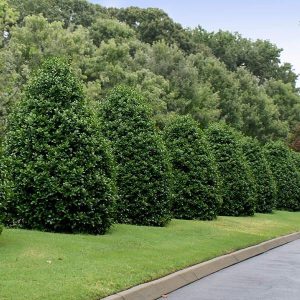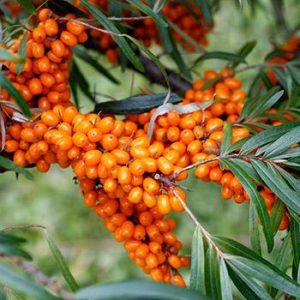Sea Buckthorn Online now
- Estimated Delivery : Up to 4 business days
- Free Shipping & Returns : On all orders over $200
Sea Buckthorn is Transforming the Landscape
- Exceptional ornamental beauty with attractive silver-green foliage
-
- Delicious fruit with high vitamin content
-
- Grows well in a variety of locations
-
- Great for making homemade jams, jellies, and juices
-
- Though you need a male and a female for berries, one male can pollinate up to eight female plants!
-
The Sea Buckthorn is a hardy, winner that seems to have it all. Intriguing looks with the convenience of a self-sufficient shrub, the Sea Berry has the bonus of producing an abundance of delicious fruit that s just what the doctor ordered. Packed with tons of vitamin C, the first thing you notice about the numerous berries flooding your tree is their striking, vivid color. Hanging in clusters like bright-orange grapes, the Sea Berries themselves complement the silvery-green foliage that surrounds them. Standing out in the landscape with distinctive visual beauty, the Sea Berry reaches impressive heights of up to 10 feet. It also has another unusual benefit: Its nitrogen-fixing ability improves the soil surrounding it. Just one more reason to add the Sea Buckthorn to your list of must-haves in your garden or landscape.
By now, most people know about all of the wonderful health properties found in berries. And the Sea Buckthorn is no exception. Chock full of vitamin C, this large berry has 7 times the amount of vitamin C contained in lemons. Not only that, its assortment also includes healthy doses of vitamins A and E. Although you can enjoy berries right off the tree, the best way to prepare them is in homemade jellies and jams. And though you need a male and female variety of Buckthorn to get berries, the process is simple…and the Sea Berry is one of the most widely planted varieties throughout the orchards of Europe.
Make a healthy choice. Get your Sea Berry today!
Planting & Care
1. Planting: Low light will decrease your harvest, so be sure to choose a location where your Sea Buckthorn will receive full sunlight. They also require well-draining soil so be sure to amend the soil when planting with compost or peat moss to improve drainage if needed. Avoid using manure as it will provide excessive amounts of nitrogen and stunt the root production. They prefer a pH range of 6 to 7.
Dig a hole that is twice as wide as the root ball and equal in depth. Remove your Sea Buckthorn from its container and place it inside the hole, keeping the top of the root ball even with the ground. Water the soil immediately after planting which will help to settle the soil and remove any additional air pockets. Apply a layer of mulch around your plant to conserve moisture and help keep grass and weeds from growing.
2. Watering: Keep the soil evenly moist but be sure not to saturate it. Overwatering can cause the leaves to turn yellow and droopy, while under watering will cause them to dry up and turn brown and crisp.
3. Fertilizing: Feed your plants yearly in spring using a well balanced fertilizer such as 10-10-10.
4. Harvesting: When your berries are ready for harvesting in late summer and early fall, they will appear firm and have a uniform color. Since the branches have a thorny structure, they can be shaken to help remove berries. Again, keep in mind you will need a male and female Sea Buckthorn to get harvests.
5. Pruning: Be sure to prune your plants in late winter to remove any criss-crossing or broken branches. You’ll want to be sure your plant has plenty of airflow and exposure to sun as possible between branches.
- Exceptional ornamental beauty with attractive silver-green foliage
- Delicious fruit with high vitamin content
- Grows well in a variety of locations
- Great for making homemade jams, jellies, and juices
- Though you need a male and a female for berries, one male can pollinate up to eight female plants!
-
The Sea Buckthorn is a hardy, winner that seems to have it all. Intriguing looks with the convenience of a self-sufficient shrub, the Sea Berry has the bonus of producing an abundance of delicious fruit that s just what the doctor ordered. Packed with tons of vitamin C, the first thing you notice about the numerous berries flooding your tree is their striking, vivid color. Hanging in clusters like bright-orange grapes, the Sea Berries themselves complement the silvery-green foliage that surrounds them. Standing out in the landscape with distinctive visual beauty, the Sea Berry reaches impressive heights of up to 10 feet. It also has another unusual benefit: Its nitrogen-fixing ability improves the soil surrounding it. Just one more reason to add the Sea Buckthorn to your list of must-haves in your garden or landscape.
By now, most people know about all of the wonderful health properties found in berries. And the Sea Buckthorn is no exception. Chock full of vitamin C, this large berry has 7 times the amount of vitamin C contained in lemons. Not only that, its assortment also includes healthy doses of vitamins A and E. Although you can enjoy berries right off the tree, the best way to prepare them is in homemade jellies and jams. And though you need a male and female variety of Buckthorn to get berries, the process is simple…and the Sea Berry is one of the most widely planted varieties throughout the orchards of Europe.
Make a healthy choice. Get your Sea Berry today!
Planting & Care
1. Planting: Low light will decrease your harvest, so be sure to choose a location where your Sea Buckthorn will receive full sunlight. They also require well-draining soil so be sure to amend the soil when planting with compost or peat moss to improve drainage if needed. Avoid using manure as it will provide excessive amounts of nitrogen and stunt the root production. They prefer a pH range of 6 to 7.
Dig a hole that is twice as wide as the root ball and equal in depth. Remove your Sea Buckthorn from its container and place it inside the hole, keeping the top of the root ball even with the ground. Water the soil immediately after planting which will help to settle the soil and remove any additional air pockets. Apply a layer of mulch around your plant to conserve moisture and help keep grass and weeds from growing.
2. Watering: Keep the soil evenly moist but be sure not to saturate it. Overwatering can cause the leaves to turn yellow and droopy, while under watering will cause them to dry up and turn brown and crisp.
3. Fertilizing: Feed your plants yearly in spring using a well balanced fertilizer such as 10-10-10.
4. Harvesting: When your berries are ready for harvesting in late summer and early fall, they will appear firm and have a uniform color. Since the branches have a thorny structure, they can be shaken to help remove berries. Again, keep in mind you will need a male and female Sea Buckthorn to get harvests.
5. Pruning: Be sure to prune your plants in late winter to remove any criss-crossing or broken branches. You’ll want to be sure your plant has plenty of airflow and exposure to sun as possible between branches.
| Size | 1 Gallon Pollination Pack, 1-2 ft. Male, 1-2 ft. Female, 2-3 ft. male, 2-3 ft. female |
|---|
